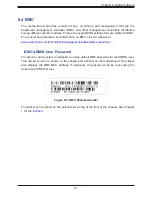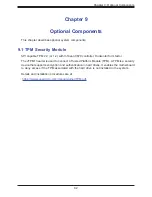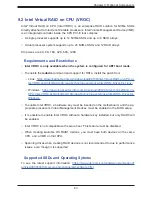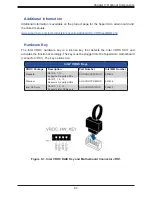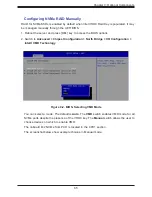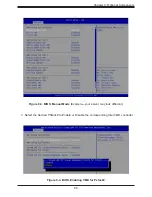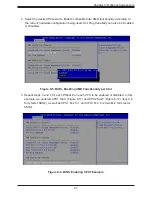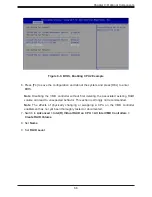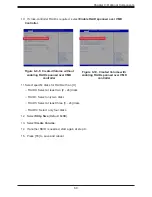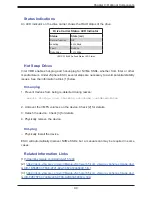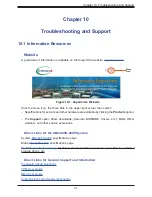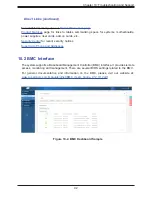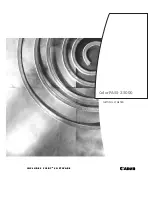
95
Chapter 10: Troubleshooting and Support
2. Memory support: Make sure that the memory modules are supported by testing the modules
using memtest86 or a similar utility.
Note
: Refer to the product page on our website at
for memory
and CPU support and updates.
3.
HDD support: Make sure that all hard disk drives (HDDs) work properly. Replace the bad
HDDs with good ones.
4. System cooling: Check the system cooling to make sure that all heatsink fans and CPU/
system fans, etc., work properly. Check the hardware monitoring settings in the IPMI to
make sure that the CPU and system temperatures are within the normal range. Also check
the front panel Overheat LED and make sure that it is not on.
5. Adequate power supply: Make sure that the power supply provides adequate power to the
system. Make sure that all power connectors are connected. Please refer to our website
for more information on the minimum power requirements.
6.
Proper software support: Make sure that the correct drivers are used.
If the system becomes unstable before or during OS installation, check the following:
1.
Source of installation: Make sure that the devices used for installation are working properly,
including boot devices such as CD.
2. Cable connection: Check to make sure that all cables are connected and working properly.
3.
Using the minimum configuration for troubleshooting: Remove all unnecessary components
(starting with add-on cards first), and use the minimum configuration (but with a CPU and a
memory module installed) to identify the trouble areas. Refer to the steps listed in Section
A above for proper troubleshooting procedures.
4. Identifying bad components by isolating them: If necessary, remove a component in
question from the chassis, and test it in isolation to make sure that it works properly.
Replace a bad component with a good one.
5.
Check and change one component at a time instead of changing several items at the same
time. This will help isolate and identify the problem.
6.
To find out if a component is good, swap this component with a new one to see if the
system will work properly. If so, then the old component is bad. You can also install the
component in question in another system. If the new system works, the component is good
and the old system has problems.

